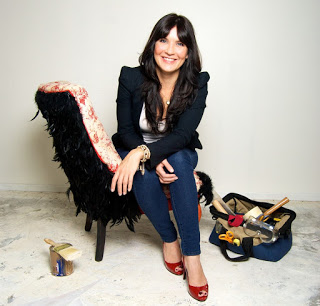The Importance of Compassion in the Business of Design

FUSE 2017 presenter Melissa Steach was formally trained as a fine artist, bringing her understanding of aesthetics to the world of human factors and ergonomics. She has a bachelor's degree in studio art and a master's degree in I-O Psychology with a focus on human factors. Melissa currently works as a Human Factors and Ergonomics specialist at Herman Miller and is an I-O Psychology PhD candidate.
As a preview to her presentation, Melissa shares her insights on how work is a physical, cognitive and social experience:
Melissa Steach: My mother is an artist. She taught me how to draw, how to mix colors, how to see more than what's physically there. This last part is, I believe, the most important aspect of what I learned through making art.
MS: Oh wow! There are so many ways in which work environments affect the employee experience. Common ones of interest are collaboration/innovation and attraction/retention. Work environments can literally set the tone for the culture it contains. An organization's floor plan can signal to employees what sorts of behaviors are expected and encouraged.
MS: If we think of culture, communication, collaboration, and creativity as separate legs of a table, then compassion is the work surface upon which innumerable amazing things can be made. Compassion is integral to business and design because without it, the other 'c's' have no place to come together.
There's a reason why we all want a proverbial 'seat at the table.' We want to be seen, heard, even constructively challenged in a space where we feel safe to share. Compassion is the key to such space.
MS: The more we understand about the way environments impact our cognitive, social and physical well-being, the more connected we become, the more we will demand that ergonomics be a component of all goods simply through our purchase choices. The great thing about a competitive marketplace is that it allows people to vote by purchase. Those interested in significant Return on Investment (ROI) and Value on Investment (VOI) will vote in favor of products that support them to do and be their best.
MS: Not only is it part of our innate state as humans to feel compassion, it also impacts our business bottom lines. This presentation will help to inform and inspire compassion as part of regular business practice within our organizations. The audience will learn three main take-aways regarding the impact compassion has on business, design and profitability.
Brilliance@Work profile originally published on www.starrybluebrilliance.com

